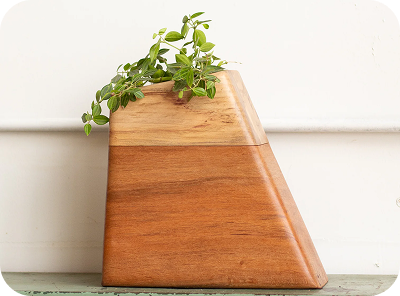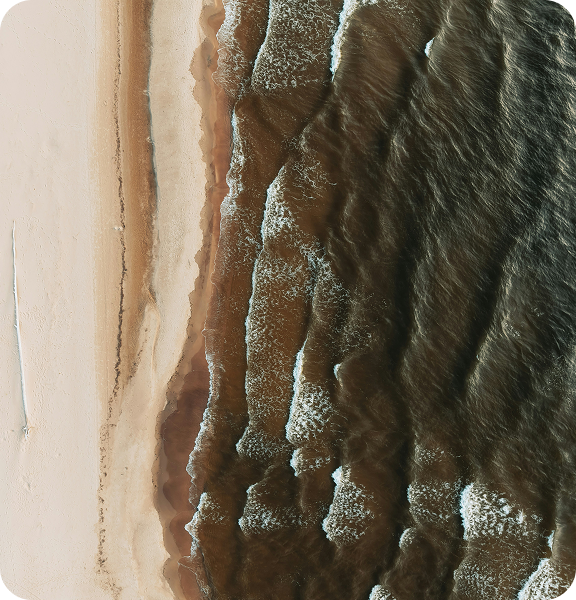How is alkaline hydrolysis beneficial to the environment?
• This process uses 85-90% less energy than traditional cremation and produces less emissions than traditional cremation.
• Like traditional cremation, it avoids the permanent occupation of land for cemeteries that could be used for wildlife habitat, growing food, or housing people.
• It avoids the use of large amounts of natural resources like wood, metal, and concrete, which are used in traditional burials. Concrete production is one of our society’s greatest contributors to climate-changing greenhouse gas emissions, and its use in burial practices also prevents our soils from absorbing water.
How much water does this process use?
This process uses 300-400 gallons of water. This is approximately as much water as someone would use in five days.
What happens to the remaining water?
After hydrolysis, the liquid is full of amino acids, nutrients, and soaps. The water is treated to balance the pH, discharged into the regular sewer system, and sent to a wastewater treatment plant.
Can you scatter hydrolyzed remains?
Yes! Anything you can do with cremated remains, you can do with hydrolyzed remains!





